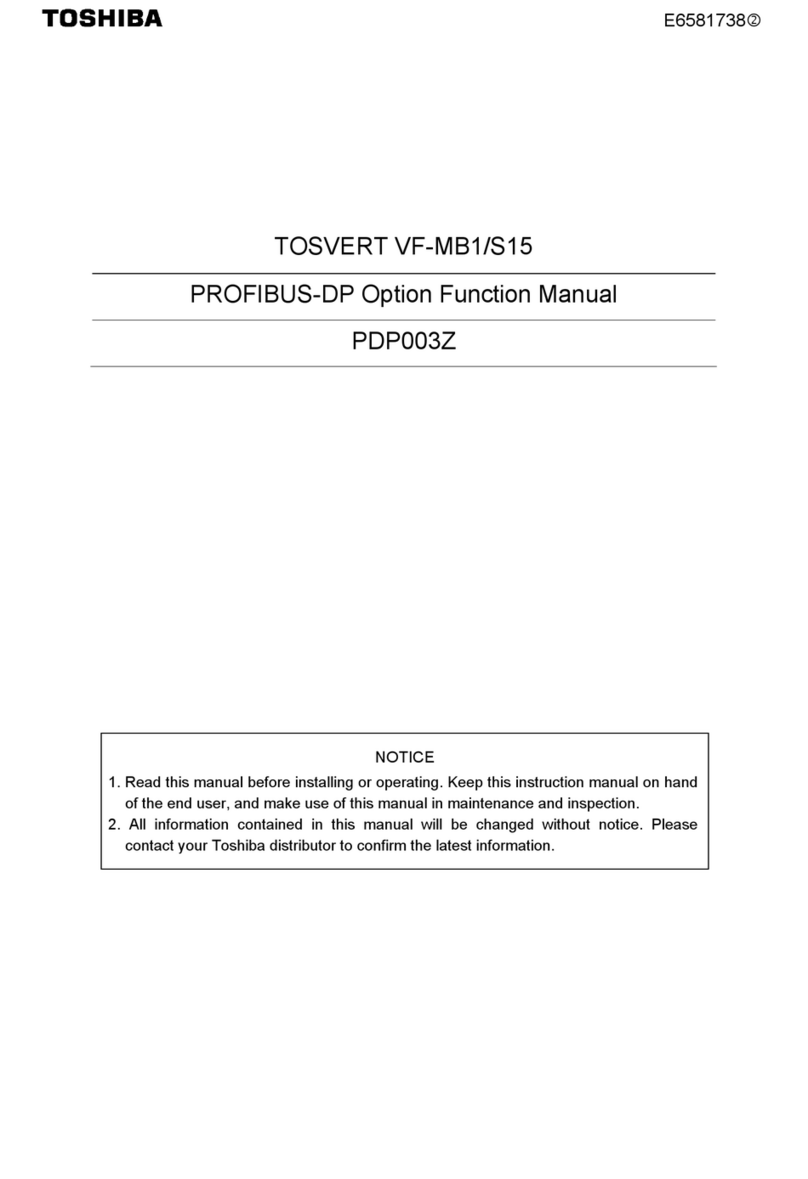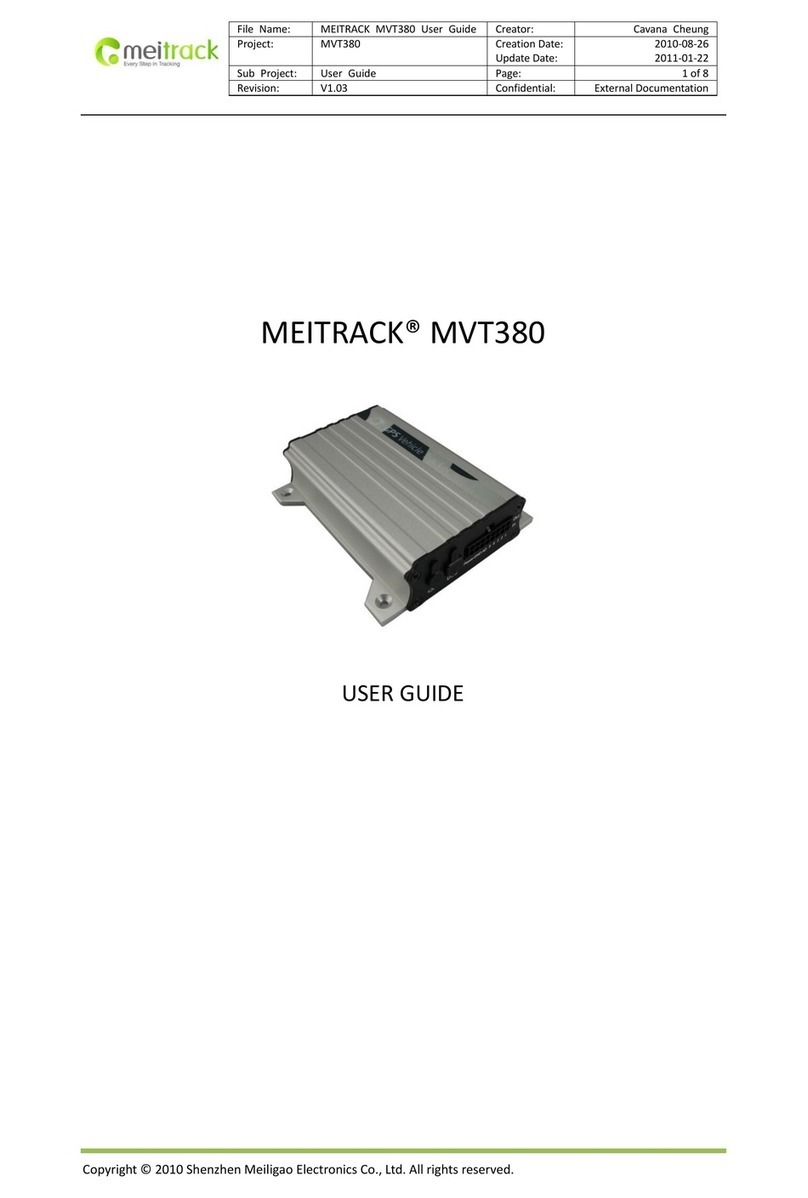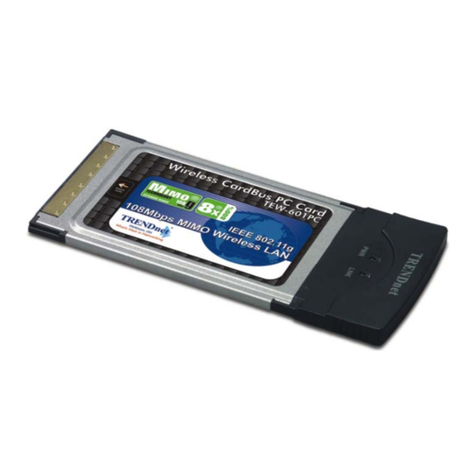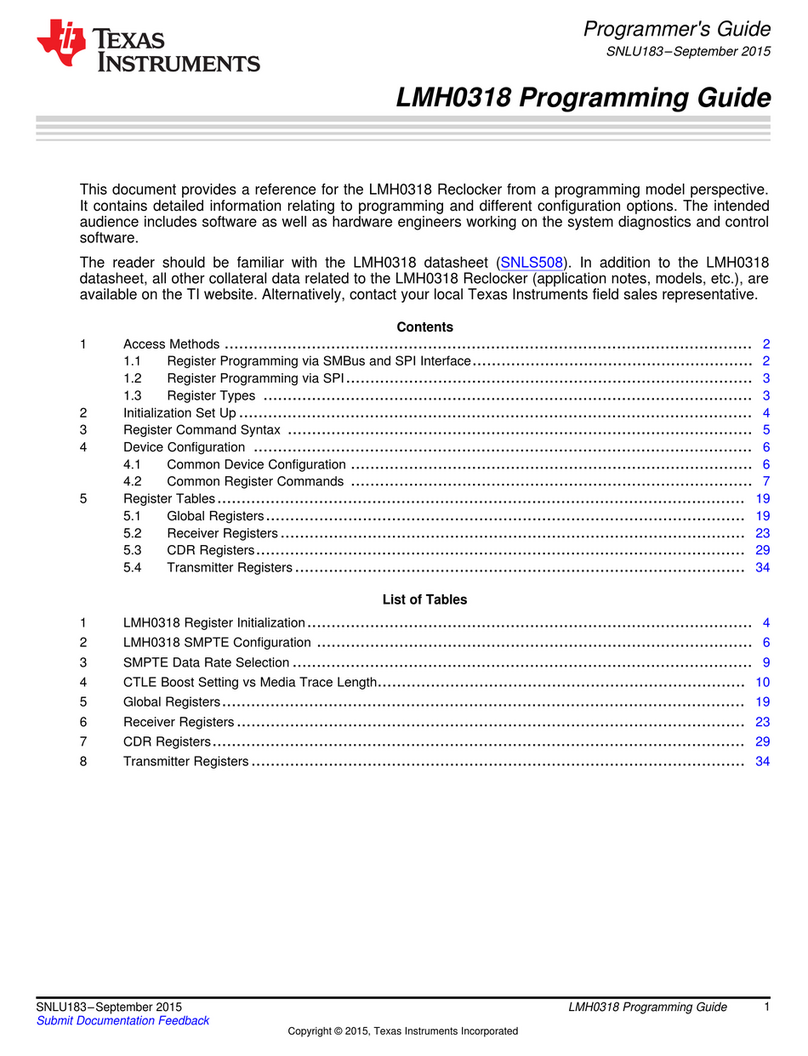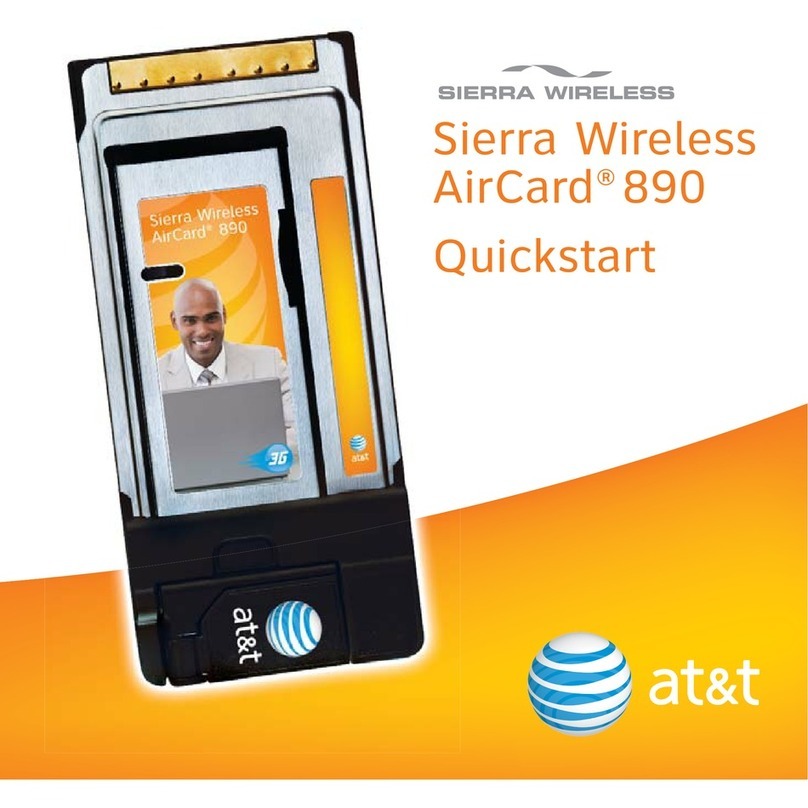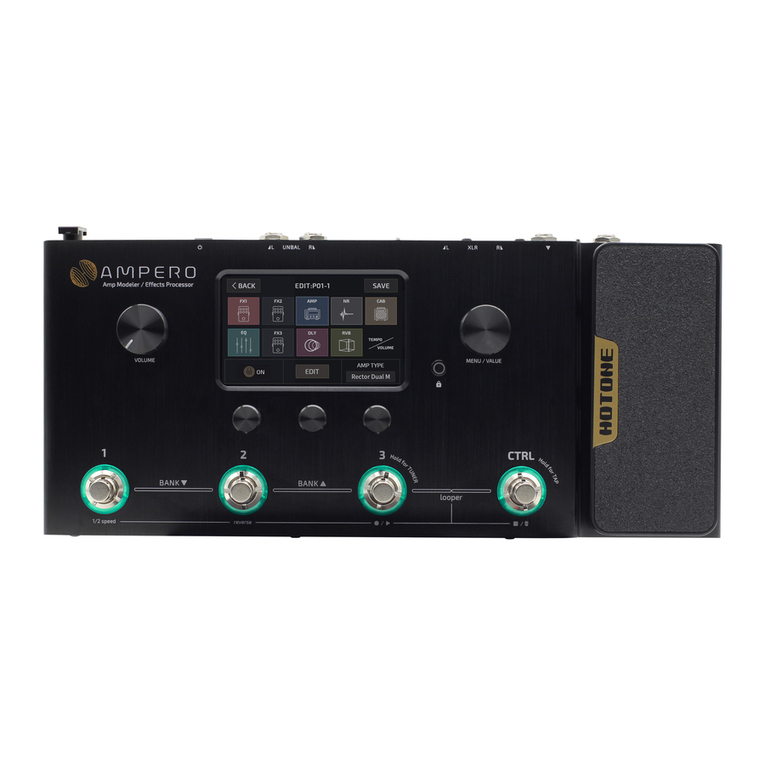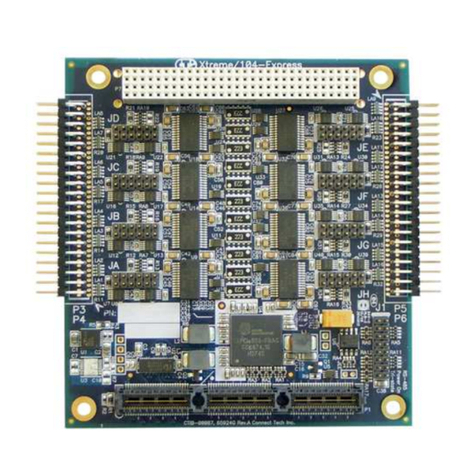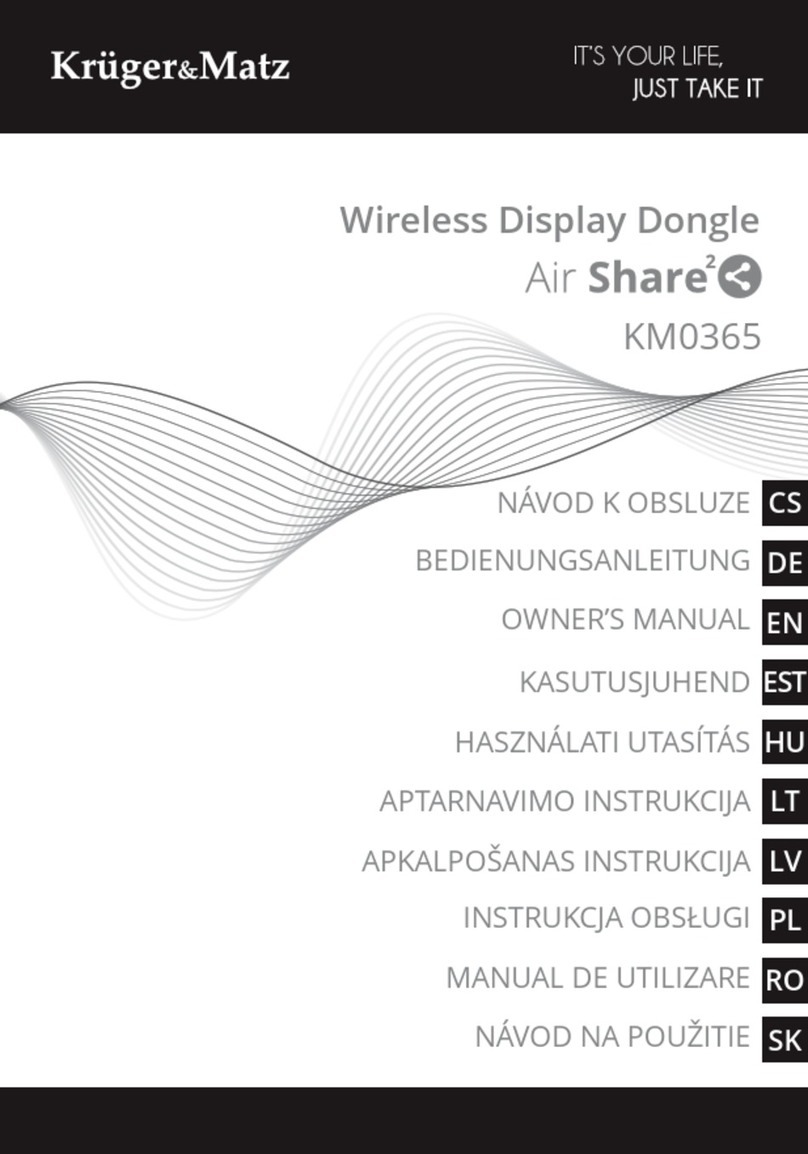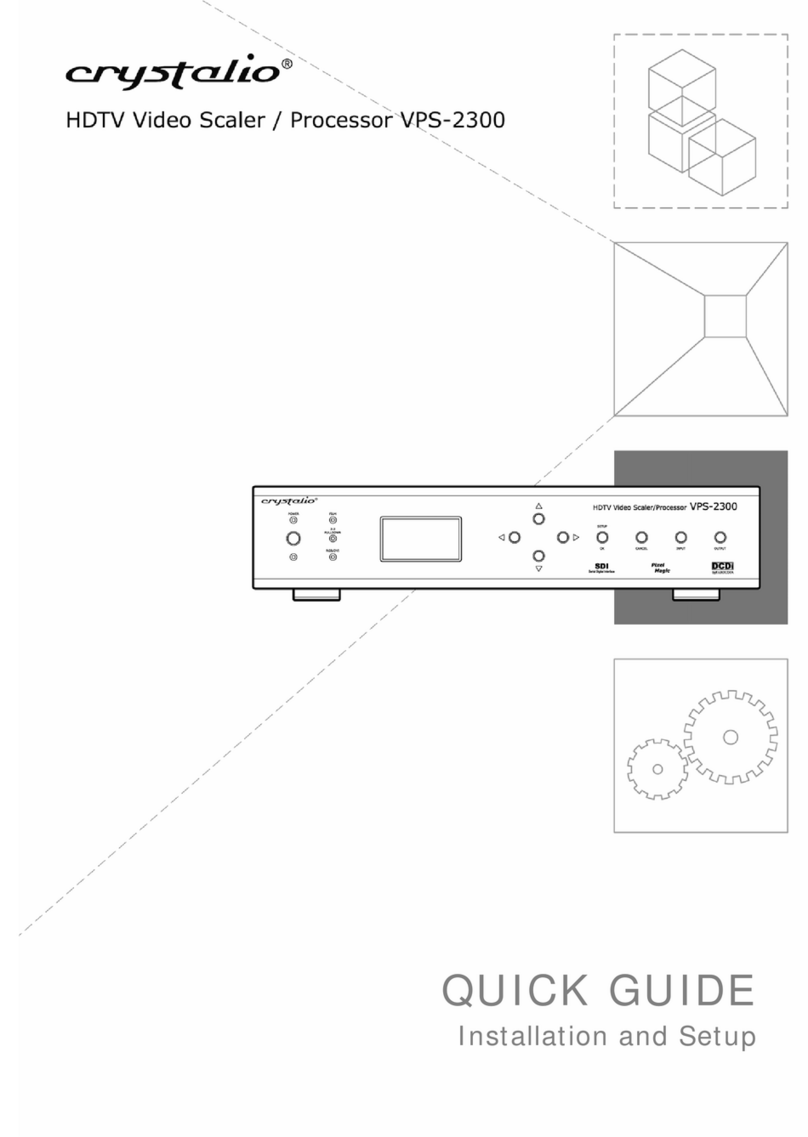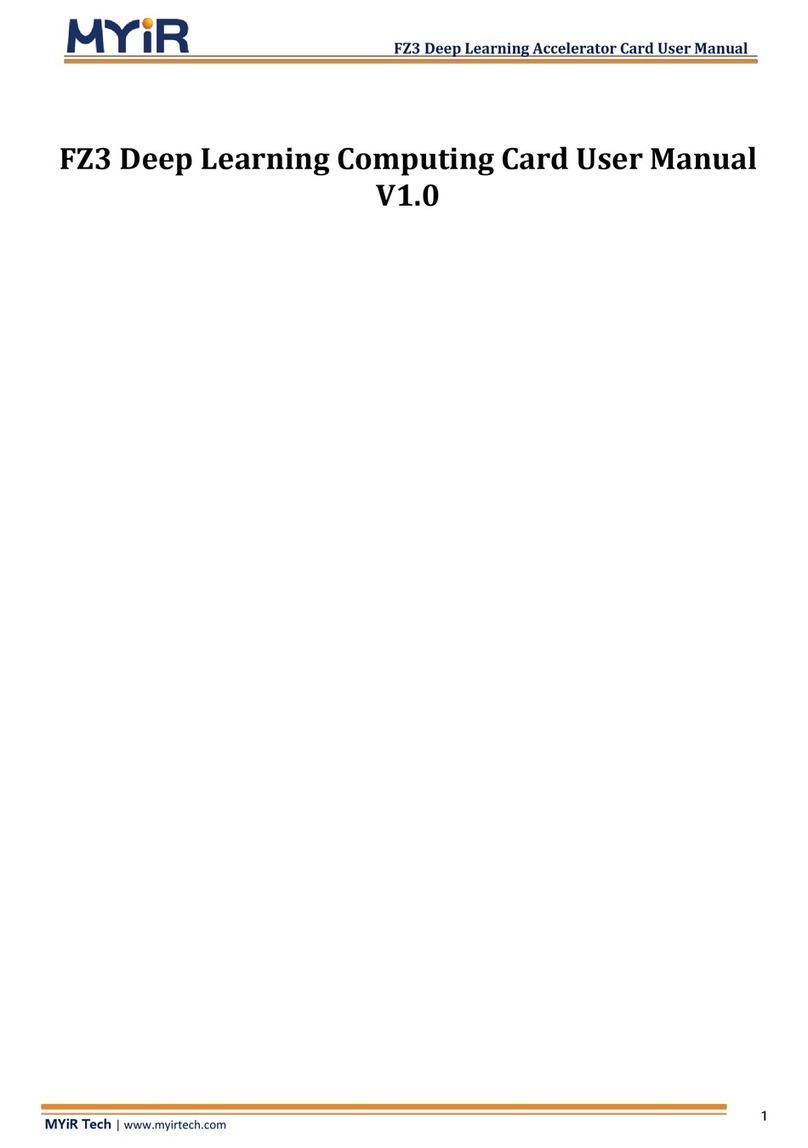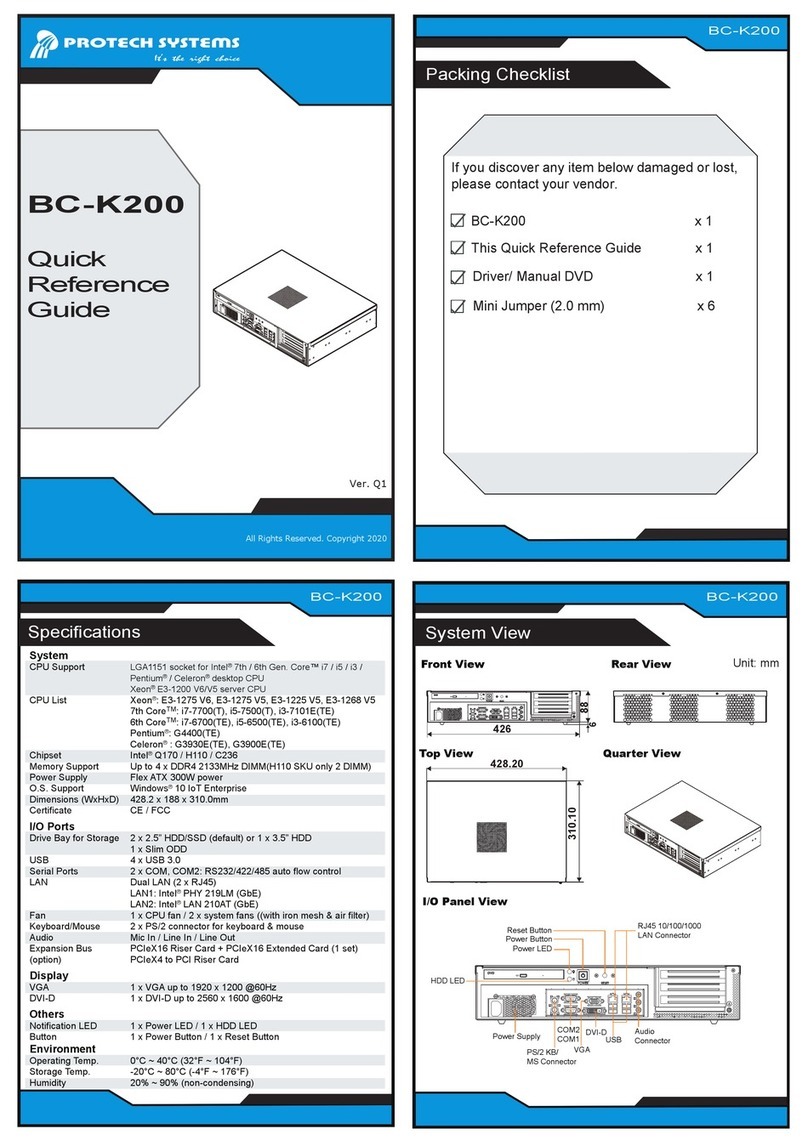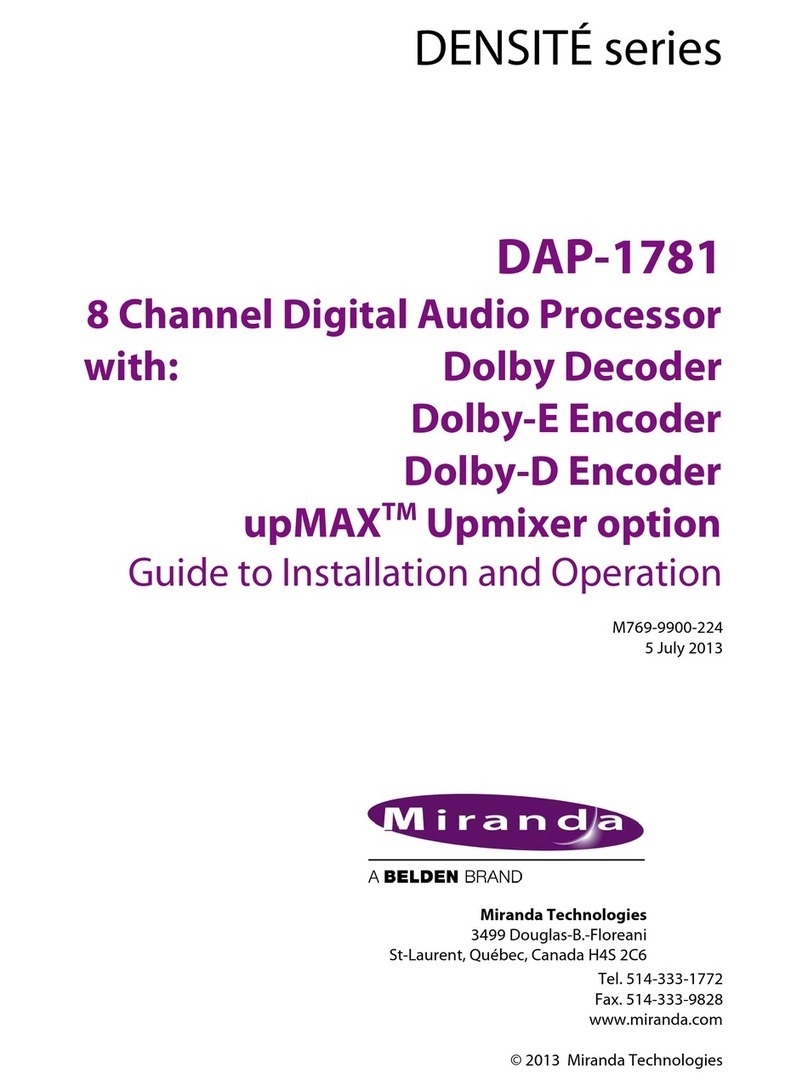EikiA-2manual Page4
Operation.
You can control an A-2 IR Relay Box by IR codes that are available in the Eiki
Control System Editor. This is very easy – if you choose the IR Relay Box as the
codeset, the commands are listed for you in the editor. You will not have to refer
to the table below.
You can also control an A-2 from 3rd-party equipment or a PC using RS-232.
Whether using IR or RS-232, you can assign each A-2 IR relay box a unique
address between 0 and 15 by using the dipswitches on the unit. This allows more
than one A-2 to be used in a system.
To control a relay in an A-2, first send a number corresponding to the address of
the unit. Next, send the command for the relay you wish to operate.
Codes from 0 to 15 are interpreted as address codes.
Codes from 16 to 31 are interpreted as command codes.
Table 1. Address and operation key codes
Key code Address Key code Operation
0 Address 0 16 Relay 1 - ON
1 Address 1 17 Relay 2 - ON
2 Address 2 18 Relay 3 - ON
3 Address 3 19 Relay 4 - ON
4 Address 4 20 Relay 1 - OFF
5 Address 5 21 Relay 2 - OFF
6 Address 6 22 Relay 3 - OFF
7 Address 7 23 Relay 4 - OFF
8 Address 8 24 Relay 1 - Momentary
9 Address 9 25 Relay 2 - Momentary
10 Address 10 26 Relay 3 - Momentary
11 Address 11 27 Relay 4 - Momentary
12 Address 12 28 Relay 1 - Toggle
13 Address 13 29 Relay 2 - Toggle
14 Address 14 30 Relay 3 - Toggle
15 Address 15 31 Relay 4 - Toggle
Example: In relay box 5 toggle relay 3 - Key codes: 5 30
ON and OFF operations set the appropriate relay to On or Off.
Momentary sets the relay to its On state for the duration of a key press, with a
minimum period of 0.5 seconds. Once the key is released the relay returns to its
Off state.
Toggle will reverse the relay’s current state. For example, if the relay is currently
On then a Toggle command will switch it Off.
Tip: If you need to send a sequence of relay commands to the same module, it is
sufficient to send the address code once only, at the start of the sequence.
An A-2 will respond to a signal with or without carrier and to a level of 0-5 volts
or greater. This makes it compatible with IR LED driver ports (e.g. from a control
processor) and 3rd-party IR receivers and systems as well as IRBus.
